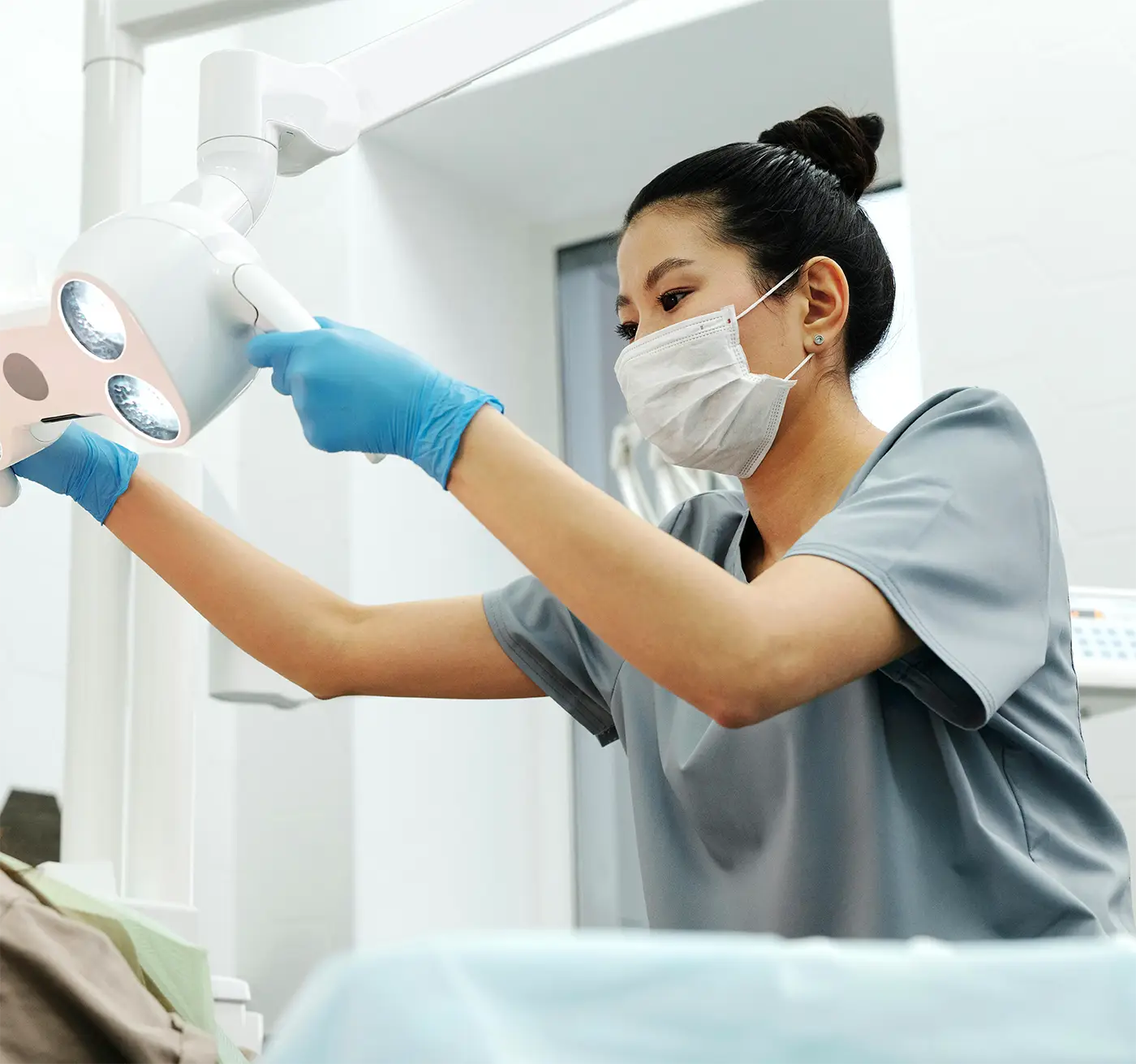What Are Dental Implants? A Permanent Solution for Missing Teeth
Dental implants are a revolutionary dental restoration option designed to replace missing teeth with natural-looking, durable results. These implants consist of a titanium post surgically placed into the jawbone, acting as a sturdy foundation for a custom-made crown, bridge, or denture.


